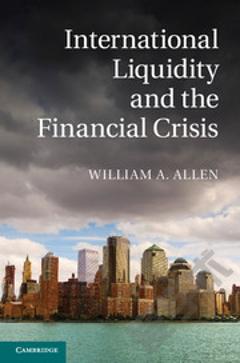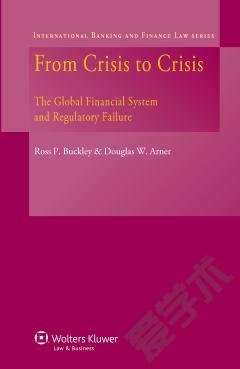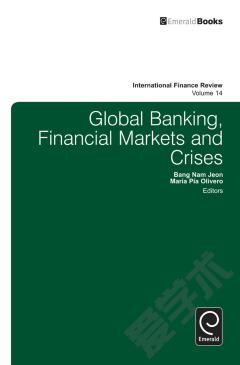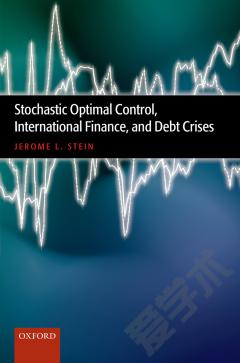Financial Crises, Liquidity, and the International Monetary System
Acknowledgments vii Introduction ix 1. Emerging Markets Crises and Policy Responses 1 The pre-crisis period 1 The crisis 7 IMF reforms, regulatory changes, and private sector innovations 18 2. The Economists' Views 23 Consensus view 23 Conflicting advice and the topsy-turvy principle 29 "Unrealistic" encroachments on sovereignty 36 Theories 36 3. Outline of the Argument and Main Message 47 The problem of a standard borrower 48 Why is external borrowing different? 48 Institutional and policy responses to market failure 50 4. Liquidity and Risk-Management in a Closed Economy 53 Corporate financing: key organizing principles 53 Domestic liquidity provision 70 5. Identification of Market Failure: Are Debtor Countries Ordinary Borrowers? 77 The analogy and a few potential differences 77 A dual-agency perspective 81 The government's incentives 86 Discussion 88 A common-agency perspective 92 6. Implications of the Dual- and Common-Agency Perspectives 97 Implication 1: the representation hypothesis 97 Implication 2: policy analysis 102 Cross-country comparisons 108 Is there a need for an international lender of last resort? 110 7. Institutional Implications: What Role for the IMF? 113 From market failure to mission design 113 Governance 116 8. Conclusion 129 References 131 Index 145
{{comment.content}}








 京公网安备 11010802027623号
京公网安备 11010802027623号